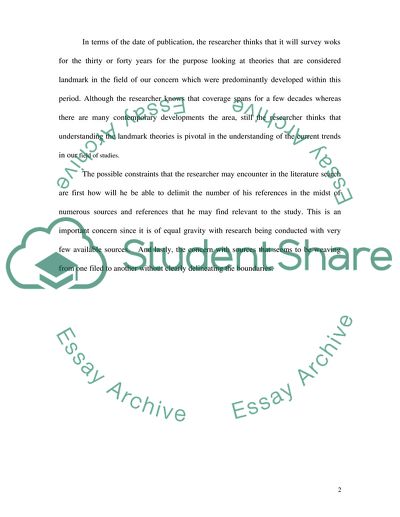Cite this document
(“Professional Staff Training in the Academic Library Essay”, n.d.)
Professional Staff Training in the Academic Library Essay. Retrieved from https://studentshare.org/education/1538104-see-upload-materials
Professional Staff Training in the Academic Library Essay. Retrieved from https://studentshare.org/education/1538104-see-upload-materials
(Professional Staff Training in the Academic Library Essay)
Professional Staff Training in the Academic Library Essay. https://studentshare.org/education/1538104-see-upload-materials.
Professional Staff Training in the Academic Library Essay. https://studentshare.org/education/1538104-see-upload-materials.
“Professional Staff Training in the Academic Library Essay”, n.d. https://studentshare.org/education/1538104-see-upload-materials.


